Filter by
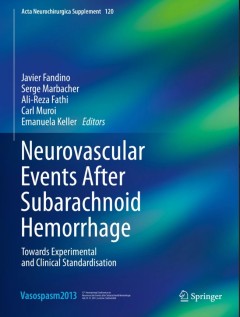
Neurovascular Events After Subarachnoid Hemorrhage:Towards Experimental and C…
This book contains articles presented at the 12th International Conference on Cerebral Vasospasm, held in Lucerne, Switzerland, in July 2013. The included papers represent a balanced cross-section of the enormous progress achieved in basic and clinical research on aneurysmal subarachnoid hemorrhage and its sequelae, including early neurovascular events and delayed cerebral vasospasm. The sectio…
- Edition
- 1
- ISBN/ISSN
- 978-3-319-04980-9
- Collation
- XIV, 373
- Series Title
- Acta Neurochirurgica Supplement
- Call Number
- -

Neurotropic Viral Infections:Volume 2: Neurotropic Retroviruses, DNA Viruses,…
This second edition is a comprehensive study of the viruses that affect the brain and the central nervous system. Along with a focus on the viruses themselves, it addresses the diseases they cause, current treatments and preventive measures. Also discussed are the unique aspects of how viruses cause disease and why certain hosts are more susceptible (e.g., polymorphisms, age, co-morbidities). …
- Edition
- 2
- ISBN/ISSN
- 978-3-319-33188-1
- Collation
- XII, 557
- Series Title
- -
- Call Number
- -

Neurotropic Viral Infections:Volume 1: Neurotropic RNA Viruses
This second edition is a comprehensive study of the viruses that affect the brain and the central nervous system. Along with a focus on the viruses themselves, it addresses the diseases they cause, current treatments and preventive measures. Also discussed are the unique aspects of how viruses cause disease and why certain hosts are more susceptible (e.g., polymorphisms, age, co-morbidities). …
- Edition
- 2
- ISBN/ISSN
- 978-3-319-33131-7
- Collation
- X, 370
- Series Title
- -
- Call Number
- -
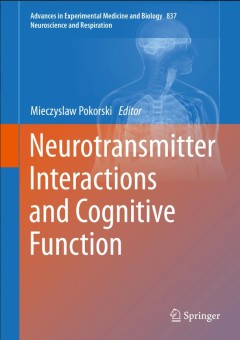
Neurotransmitter Interactions and Cognitive Function
A host of neurotransmitters and neuroactive substances underlies respiratory regulation in health and disease. The centerpiece of investigations regarding adaptation to hypoxia and sensorial perception has been the dopaminergic system. It is now clear that a complex interaction among various neuroactive substances, rather than a single one, forms the basis of respiratory changes. The research o…
- Edition
- 1
- ISBN/ISSN
- 978-3-319-10005-0
- Collation
- IX, 67
- Series Title
- Advances in Experimental Medicine and Biology
- Call Number
- -
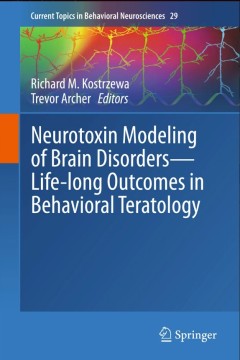
Neurotoxin Modeling of Brain Disorders — Life-long Outcomes in Behavioral T…
This book is authored by leading experts who made major discoveries in neuroteratology research focused on modeling human neural developmental disorders. Individual chapters address ADHD (attention-deficit hyperactivity disorder), Lesch-Nyhan disease, psychoses and schizophrenia, autism, and models of Parkinson’s Disease and tardive dyskinesia. The effects of perinatal stress and agonist insu…
- Edition
- 1
- ISBN/ISSN
- 978-3-319-34134-7
- Collation
- VIII, 446
- Series Title
- Current Topics in Behavioral Neurosciences
- Call Number
- -
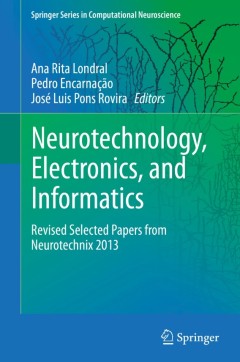
Neurotechnology, Electronics, and Informatics:Revised Selected Papers from Ne…
The International Congress on Neurotechnology, Electronics, and Informatics (NEUROTECHNIX) took place in Algarve, Portugal in September of 2013. The congress provided a meeting point of academics and clinical and engineering professionals, promoting translational discussions on how research and technology can meet the needs of clinical practitioners and patients. NEUROTECHNIX emphasized researc…
- Edition
- 1
- ISBN/ISSN
- 978-3-319-15996-6
- Collation
- X, 110
- Series Title
- Springer Series in Computational Neuroscience
- Call Number
- -
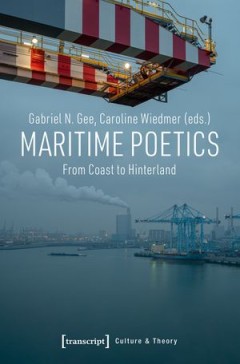
Maritime Poetics: From Coast to Hinterland
In the past fifty years, port cities around the world have experienced considerable changes to their morphologies and their identities. The increasing intensification of global networks and logistics, and the resulting pressure on human societies and earthly environments have been characteristic of the rise of a »planetary age«. This volume engages with contemporary artistic practices and cri…
- Edition
- -
- ISBN/ISSN
- 9783732850235
- Collation
- -
- Series Title
- -
- Call Number
- 307.2 MAR m
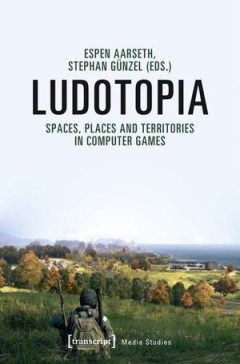
Ludotopia: Spaces, Places and Territories in Computer Games
Where do computer games »happen«? The articles collected in this pioneering volume explore the categories of »space«, »place« and »territory« featuring in most general theories of space to lay the groundwork for the study of spatiality in games. Shifting the focus away from earlier debates on, e.g., the narrative nature of games, this collection proposes, instead, that thorough attentio…
- Edition
- -
- ISBN/ISSN
- 9783839447307
- Collation
- -
- Series Title
- -
- Call Number
- 302.23 LUD l

Living in Refuge: Ritualization and Religiosity in a Christian and a Muslim P…
This comparative ethnography of a Muslim and a Christian Palestinian refugee camp in Lebanon focuses on contrasting social belonging processes through a ritualization approach. Leonardo Schiocchet argues that contrasts emerge out of the intersectionality of religiosity, nationhood, refugeeness and politics, and synthesizes academic research on piety and moral self-cultivation and on the everyda…
- Edition
- -
- ISBN/ISSN
- 9783839460740
- Collation
- -
- Series Title
- -
- Call Number
- 351.81 SCH l
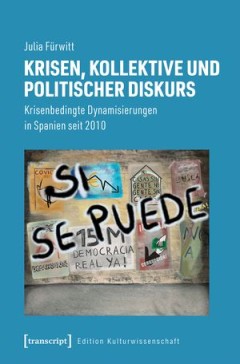
Krisen, Kollektive und politischer Diskurs: Krisenbedingte Dynamisierungen in…
Können Krisen Veränderungen gesellschaftlicher Ordnungsverhältnisse und die Etablierung neuer Diskurs-Akteure bewirken? Julia Fürwitt geht dieser Frage anhand multipler gesellschaftlicher Krisensituationen Spaniens seit 2010 nach. Basierend auf den Ansätzen Michel Foucaults und Bruno Latours erarbeitet sie einen neuen diskursanalytischen Ansatz, der angesichts gegenwärtiger gesellschafts�…
- Edition
- -
- ISBN/ISSN
- 9783839462072
- Collation
- -
- Series Title
- -
- Call Number
- 300 FUR k
 Computer Science, Information & General Works
Computer Science, Information & General Works  Philosophy & Psychology
Philosophy & Psychology  Religion
Religion  Social Sciences
Social Sciences  Language
Language  Pure Science
Pure Science  Applied Sciences
Applied Sciences  Art & Recreation
Art & Recreation  Literature
Literature  History & Geography
History & Geography